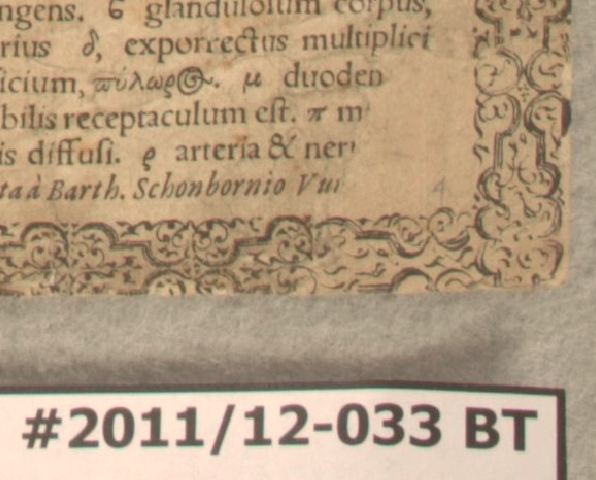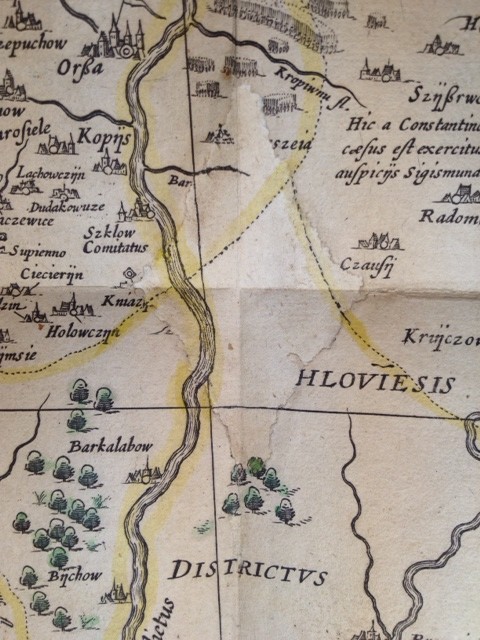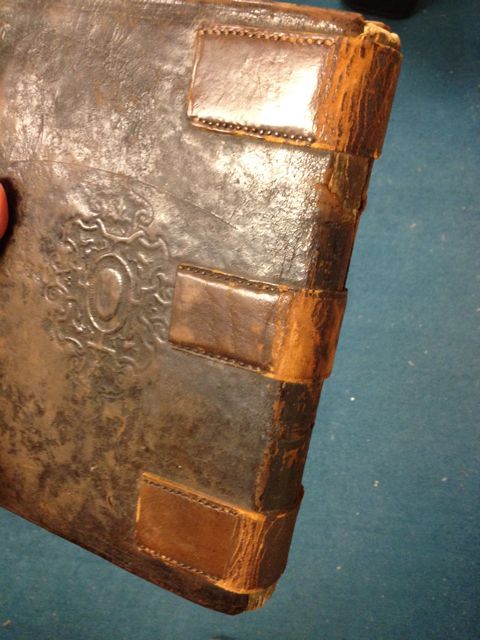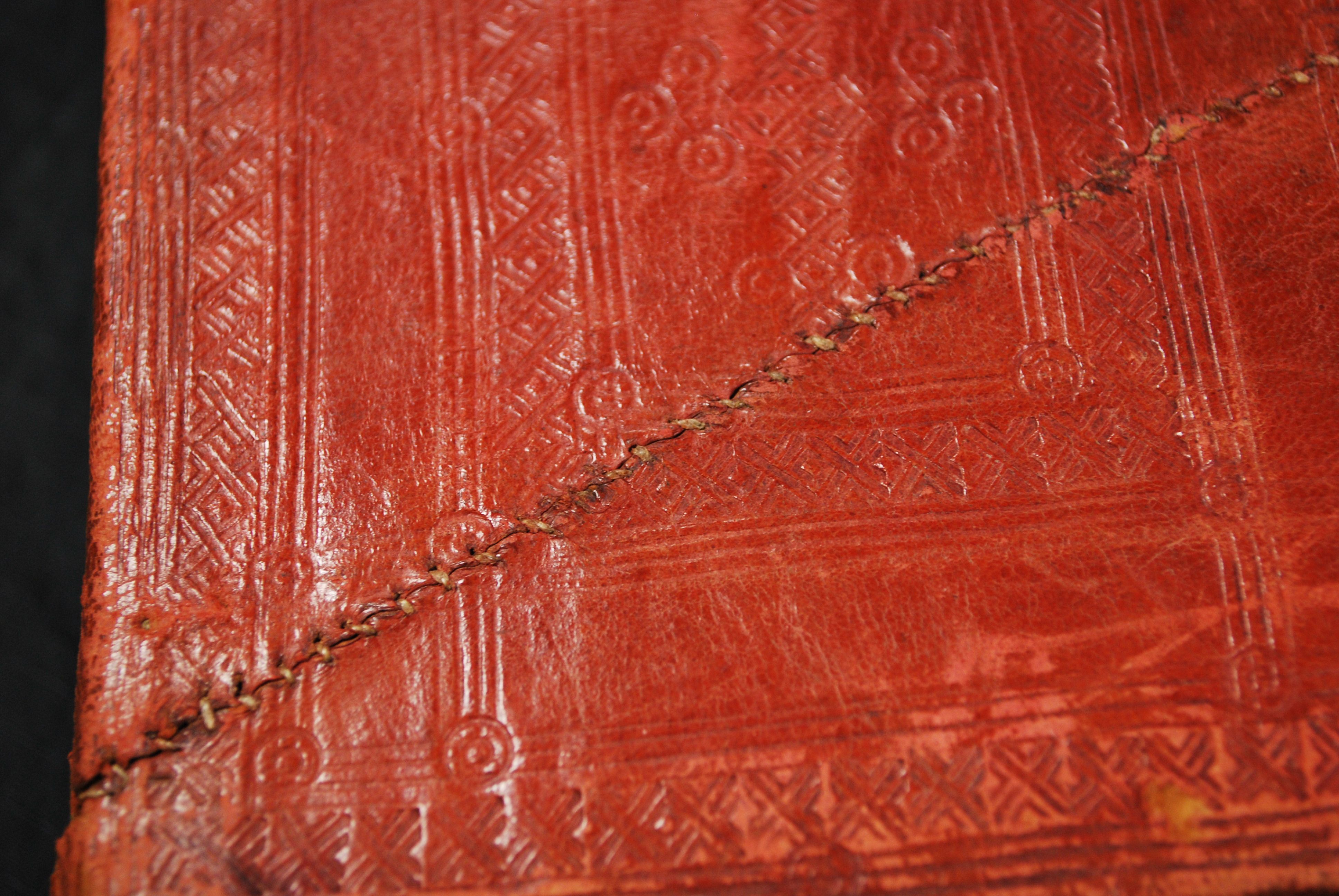This month on the 1091 Project we discuss old repairs, when to remove them and when to leave them alone. Sometimes the decision to undo an old repair is an easy one, sometimes not, and sometimes it really is a conundrum because there are valid arguments to be made on both sides. Let’s look at some recent items that have been brought to our attention, and be sure to check out Parks Library Preservation’s post.
Old Repairs: The Good
A “good” repair is one that is sympathetic to the original object in both form and function. It may not be immediately obvious that something has been fixed, but it shouldn’t be so transparent that it hides the fact that damage occurred. In a perfect world, a trained eye would catch it upon close inspection, but the lay-person might not realize it unless you pointed it out.
|
|
|
The repair on the lower right corner of one of our Fugitive Sheets (top left) is a prime example of a good repair. The color of the newly incorporated paper matches the existing paper very well, and the border was even simulated to provided as to not disturb the eye with a break in the printing.
You can see a similar repair in one of our Bleau Atlas volumes (top right). Here you can see a well-crafted fill that includes the application of new media to fill in the illustration where that information was lost. We may not do that level of infilling today, but you cannot deny it is an effective repair that if removed may effect the way the object is interpreted.
Old Repairs: The Bad
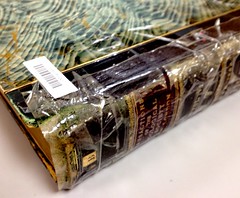
I think nothing says “bad repair” like packing tape. We’ve talked about this before, but it is good to reiterate that self-adhesive tape of almost any kind is very damaging to books and can be difficult to remove.
Because of the damage these sorts of tapes cause, it easy to decide to remove the tape and give the book a more sympathetic and reversible repair.
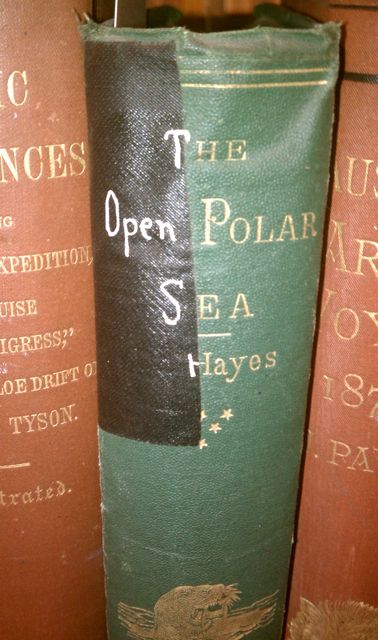
“The Open Polar Sea” is the sort of prior repair that makes it a little more difficult to decide what to do. This repair was clearly done with care and it is still holding. It is not reversible and will likely result in some scarfing when/if we remove it.
The real issue is how much time do we spend undoing these repairs? There are so many in our stacks. If the repair is holding up and not causing further damage, is it better to spend our limited time and resources on these knowing that they ultimately will do damage to the book, or do we work on items that are in more immediate danger of losing materials if they are not repaired? I tend to lean towards the latter, but the argument is worth having, and the decision changes based on a lot of factors (ye olde “value, use, risk, resources” discussion).
Old Repairs: The Past (With Provenance)
The four pictures below represent prior repairs that we would likely not choose to remove because they are
- well executed
- not significantly harming the original
- still functioning as repairs
- traditional to a time or type of material
- tell a significant story about the life of the object
If one of these repairs were to fail, then we would address the problem in a more modern way, that is by using stable methods and materials that would not harm the original materials either physically or chemically, that would be visually sympathetic to the original structure and components, and would be reversible later if the repair failed.
Deciding on removing an old repair is both objective and subjective. The decision is based on your knowledge of the physical and chemical nature of the original materials as well as the repair materials. It also helps to know the collection and the provenance of the item. Luckily we have great working relationships with all our curators and together can make sound treatment decisions when we come across these sorts of quandaries.



